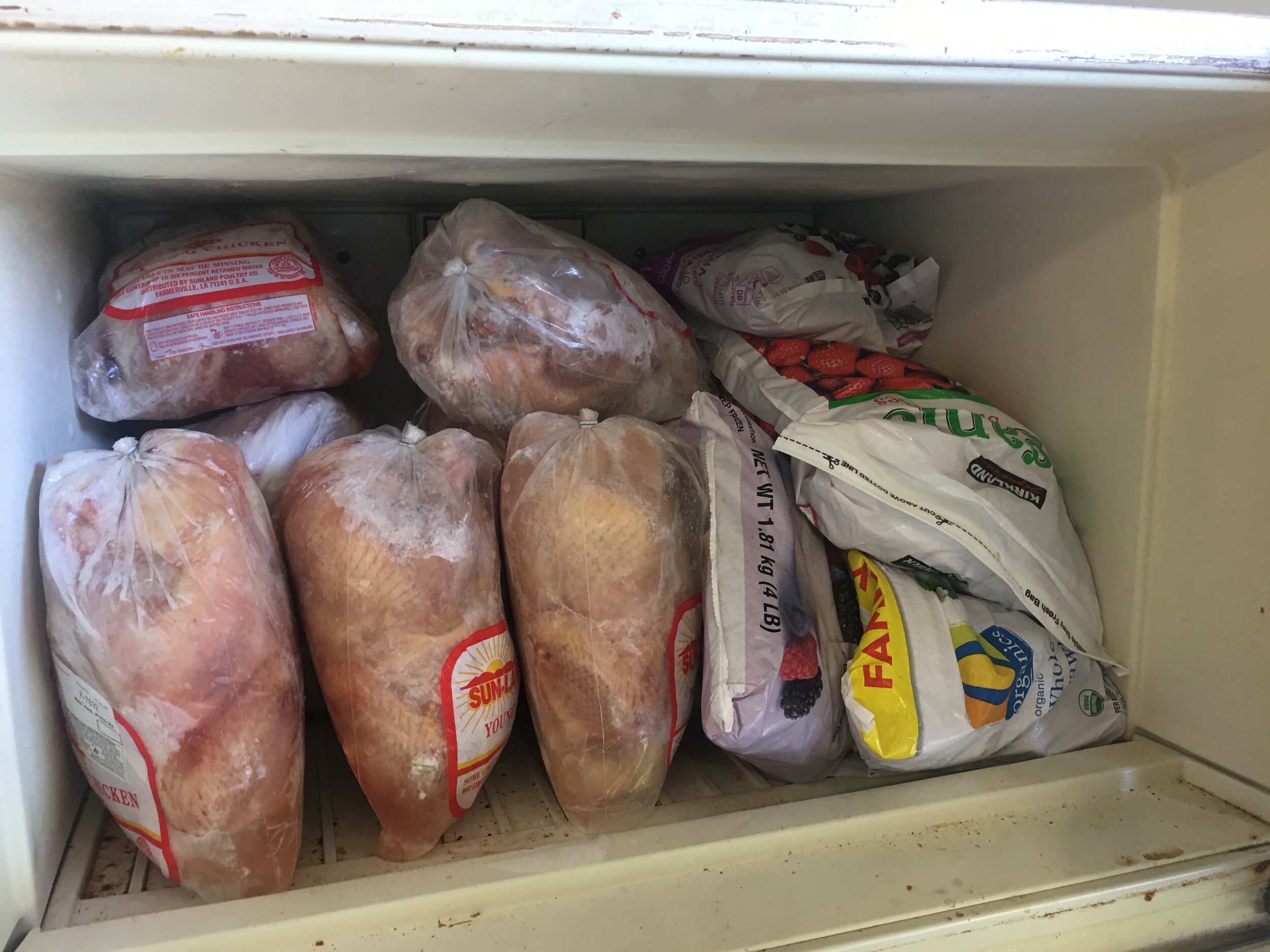
A Closer Look Into Food Waste
Sofia Sanchez-Pillot is a former Chabot College student and UC Berkeley graduate. She was the guiding student force and visionary behind FRESH for the last 6 years. Sanchez-Pillot espoused from early on that FRESH should intersect with the academic disciplines on the campus. To that end, FRESH developed partnerships with Nutrition, English and Biology teachers, as well as with other areas of campus including the garden and Student Services.
In the document below, Sanchez-Pillot Investigates food waste in the home. This document was used by Chabot teachers to introduce these concepts to their students.
A Closer Look into Food Waste
As founder of the Chabot College Food Pantry, I have talked with many pantry recipients over the last 2 years who worry that they “won’t be able to eat all these” when they are considering whether or not to take a bag of potatoes, or apples, or pears. This concern about wasting food is not unfounded. Perhaps surprisingly, over half of the total food waste in the United States happens in the home. Indeed, if we combine Farm, Transport, Retail, and even Food Service waste, they still amount to less than the food waste generated by our fellow end user citizens. There are several reasons so much food is wasted in the home:
When we DO waste, we often tell ourselves that it isn’t a LOT of wasted food; we waste food because we do not think it is a big problem.
There are social taboos around wasting food, so it is not as if we walk around bragging about how much food we wasted today. Thus we are not aware of the scope of the problem, because we only really see what WE do.
We BUY so much food. With the advent of Costco supersizing and portion super sizing, most homes today have far more food on hand than in the past. Kitchens, cupboards, and refrigerators are bigger. This supersizing results in more food in the house, which means more food can go bad.
Food is relatively cheap today, in part due to subsidies for cash crops such as corn, wheat, soybeans. This makes it easier to buy more, and to not feel so guilty to throw it out because it may not have been that expensive in the first place.
Most of us are guilty of wasting food. But it is a hard problem to fix. All aspects of the food industry and the food chain from farm to store shelf are highly regulated, but that regulation halts once the consumer carries the food out to her SUV. Simply put, it doesn’t seem possible to pass legislation to “outlaw” the wasting of food on the part of the end user. That said, there are some possible solutions that can limit food waste.
Raise more awareness of the scope of the problem here in the United States. Like many other problems, we first need to be made aware of it before we are each able to do our part to limit food waste.
Raise awareness around the fact that many food products can quite safely be kept around longer than the due date indicates.
Create a system for the end user consumer to share with neighbors. One way to do this is to install “Little Free Pantries” in neighborhoods. These pantry boxes are modeled on the Little Free Libraries we see in some neighborhoods. One study estimates that “there may be as many as 1,000 Little Free Pantries around the country now.”
Switch to a vegetarian/diet.
Support sustainable farming systems and enact policies to empower workers and consumers.
There is not one perfect solution and so we must opt for making progress in as many areas of the food system as we can. We need to address the food system from all facets in order to really tackle food insecurity and make enough impact to feed the projected populations of the future.

